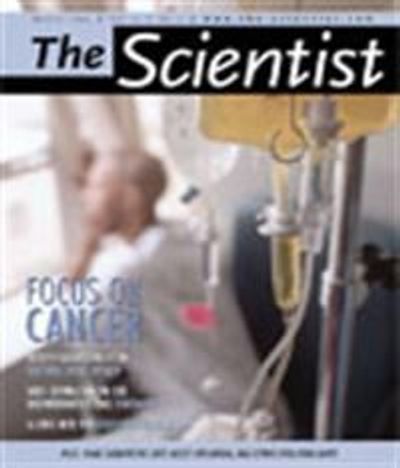© 2005 Camilla Nordberg

The biochemical pathway that senses amino acid deficiencies in yeast is also at work in mammals, according to researchers at the University of California, Davis.1 But while yeast signaling merely initiates amino acid synthesis, it actually alters rats' eating behavior.
In yeast, free or uncharged tRNA for a particular amino acid activates the kinase GC nonderepressing 2 (GCN2), which then phosphorylates eukaryotic initiation factor (eIF)2α. This signal decreases global protein synthesis and increases transcription of genes that synthesize deficient amino acids.
Dorothy Gietzen and colleagues at UC, Davis directly inhibited tRNA charging in rats by injecting an amino alcohol into the anterior piriform cortex, a brain region that projects to feeding circuits and is known to sense amino acid deficiencies. After receiving injections of L-threoninol, the rats began to eat less food than normal, as if they were eating food with no threonine.
Using amino...
Interested in reading more?
